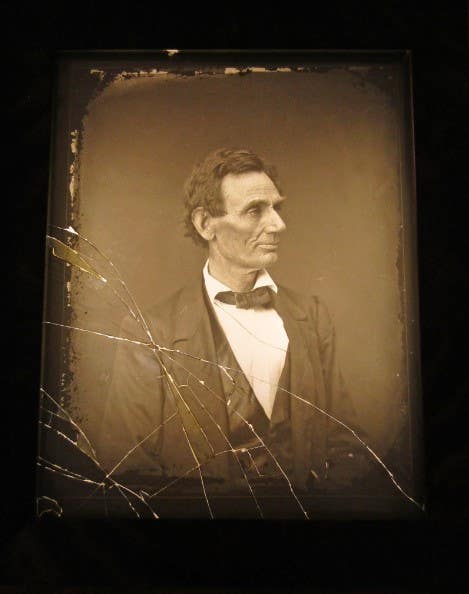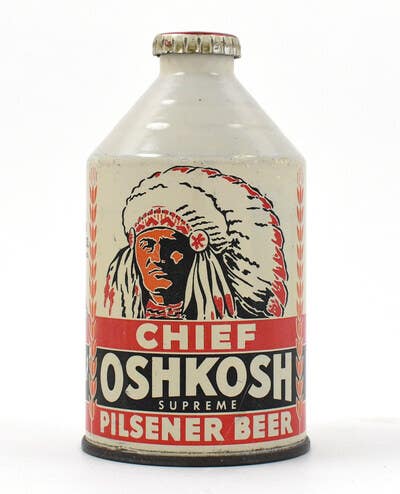‘It’s a Wonderful Life’ is the Perfect Holiday Movie for All the Wrong Reasons
The 1946 classic directed by Frank Capra, starring James Stewart and Donna Reed, is filled with unrealized dreams, money problems and suicidal thoughts. In other words, it’s the perfect holiday movie for the modern world.
When it comes to holiday movie favorites, you’ve got It’s a Wonderful Life and then everything else.
Directed by Frank Capra and starring James Stewart and Donna Reed, It’s a Wonderful Life is seemingly everyone’s all-time holiday cup of good cheer. Everyone, that is, but saintly George Bailey played by Stewart.
Capra piles misfortune upon misfortune on Stewart’s slim shoulders. The 1946 film traces the steady decline of Bailey, Bedford Fall’s reluctant small-town banker, who at one point teeters on the brink of madness. Bailey suffers unrealized dreams, banking malfeasance and suicidal thoughts. Not to mention the rants of crotchety Mr. Potter, the fat-cat banker we’d all love to bop in the nose.
So, to recap: financial ruin, madness, the urge to punch someone. Who among us can’t relate to that while last-minute Christmas shopping? Exactly.
Of course, George Bailey is saved by the actions of Clarence Odbody, his guardian angel, who helps him to see that it really is a wonderful life. Guardian angels are always nice to have on your side in a tight squeeze, so are friends and neighbors willing to pony up $8,000 just before the banking authorities show up to arrest you.
But in the end of the movie, a lost man is found and an angel gets his wings. What’s not to like about It’s a Wonderful Life?
Plenty, according to the authorities at the time.
In 1947, the FBI issued a memo noting the film as a potential “Communist infiltration of the motion picture industry,” citing its “rather obvious attempts to discredit bankers by casting Lionel Barrymore as a ‘Scrooge-type’ so that he would be the most hated man in the picture. This is a common trick used by Communists.”
Who knew?
No one is certain how many Communists saw the movie, or how many movie-goers were converted, but the Red Scare didn’t dampen the film’s place in history.
Though their collective filmographies consist of a couple hundred movies, Capra, Stewart and Reed all cited It’s a Wonderful Life as their favorite movie.
In his autobiography, The Name Above the Title, Capra took that praise further, writing: “I thought it was the greatest film I ever made. Better yet, I thought it was the greatest film anybody ever made.”
Even so, Capra never considered the film a Christmas story. Although George Bailey may have decided to end it all on Christmas Eve, Capra always thought of the film in broader terms. Speaking to The Wall Street Journal in 1984, the director said: “I didn’t even think of it as a Christmas story when I first ran across it. I just liked the idea.”
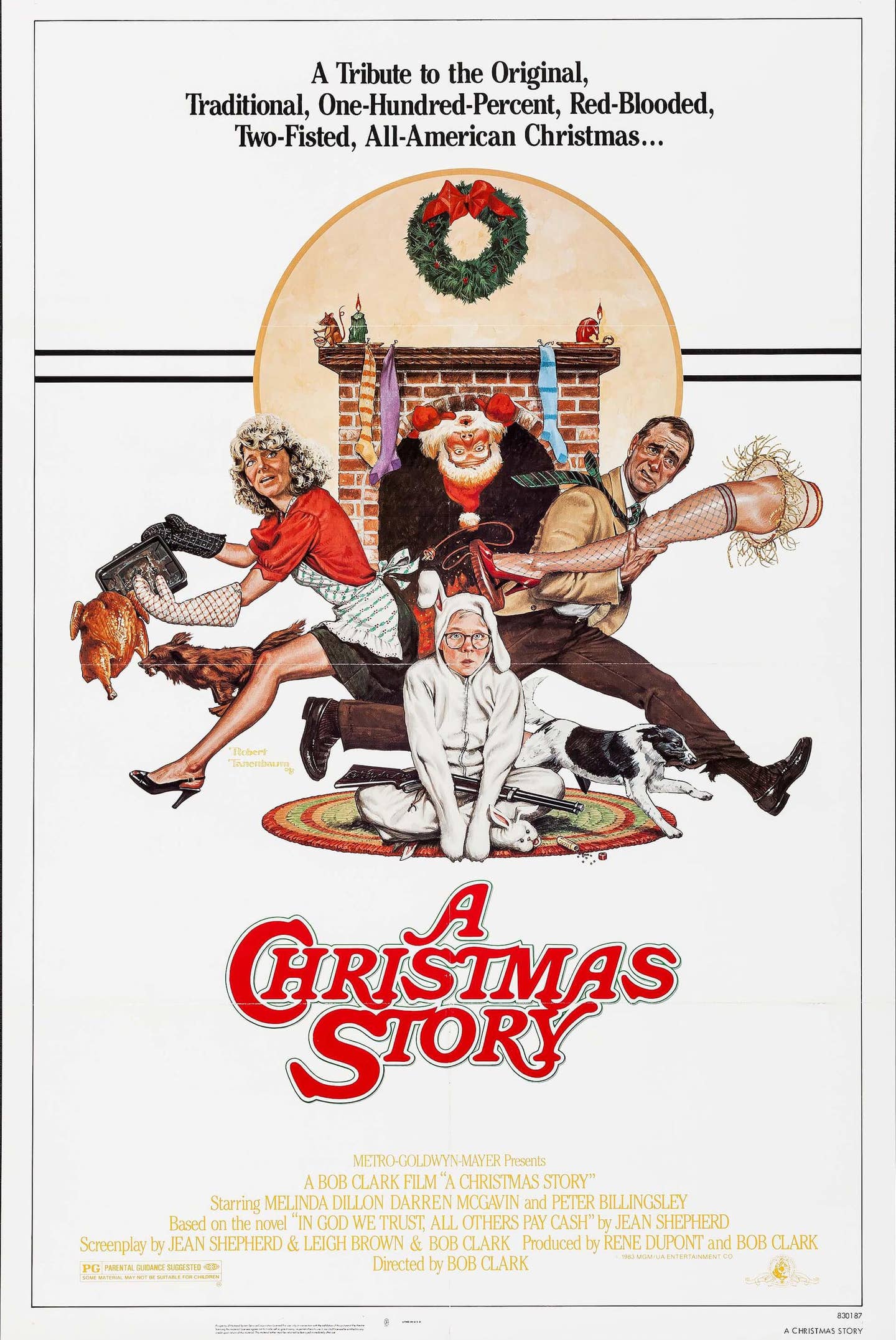

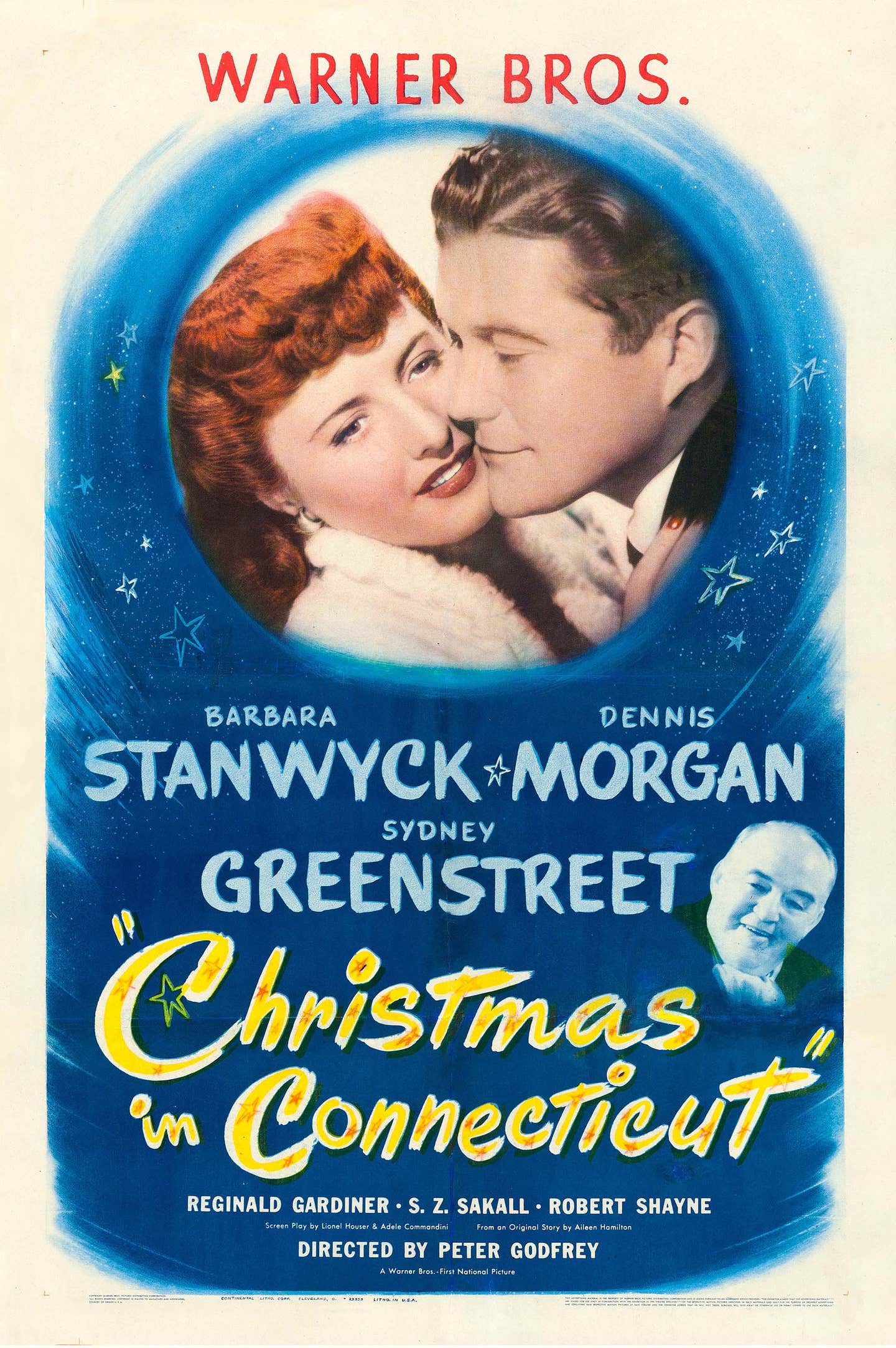
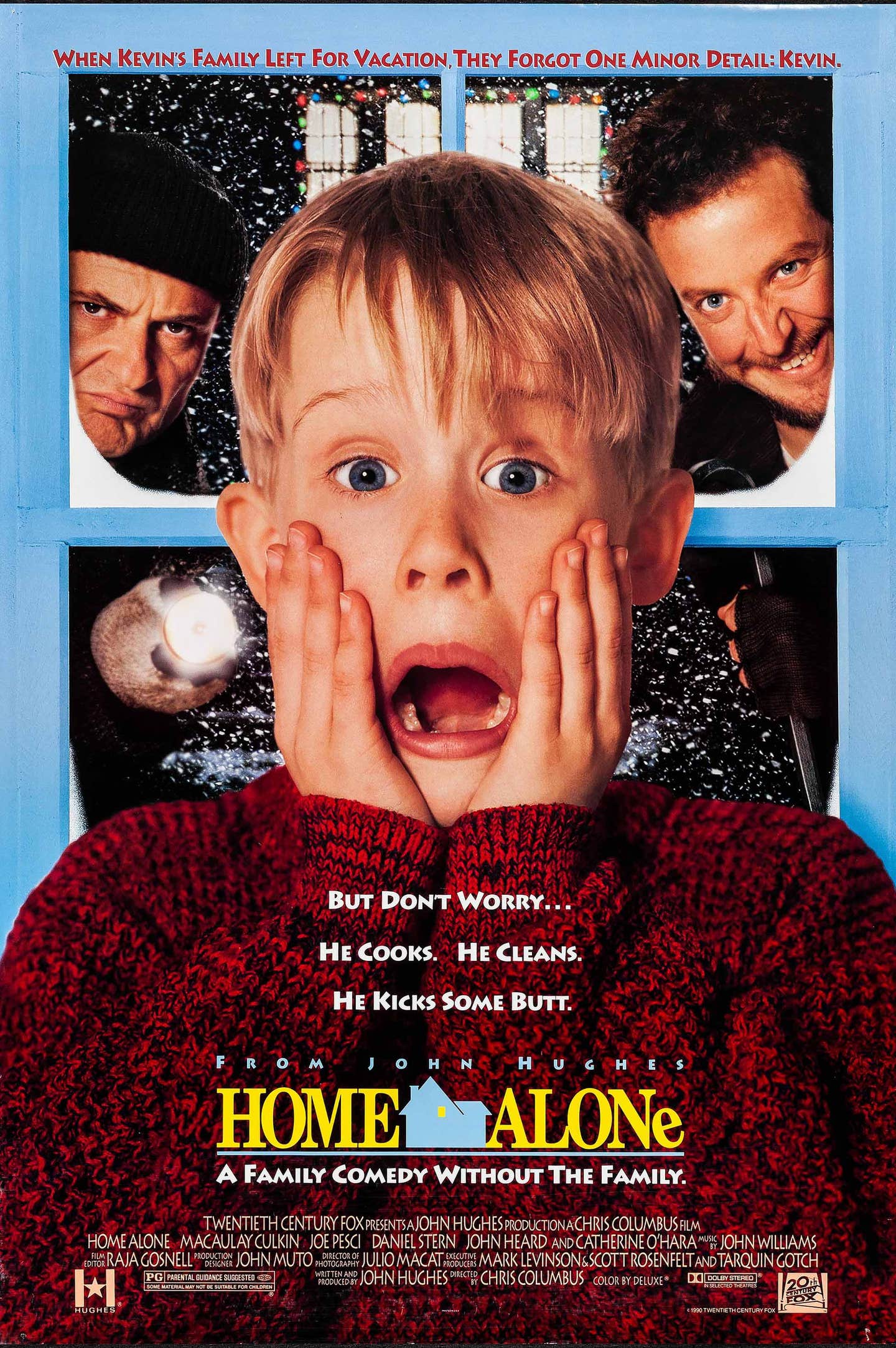
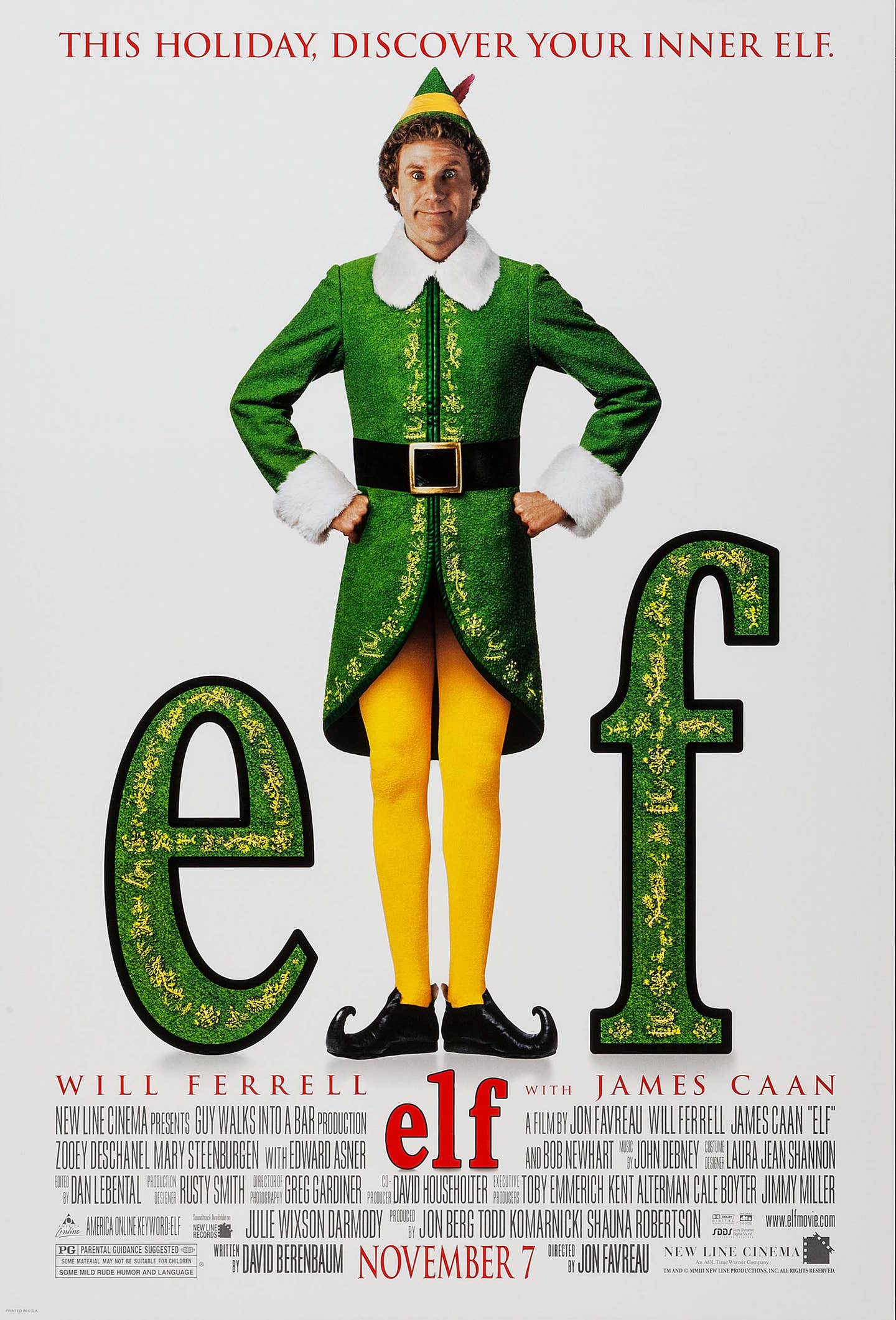
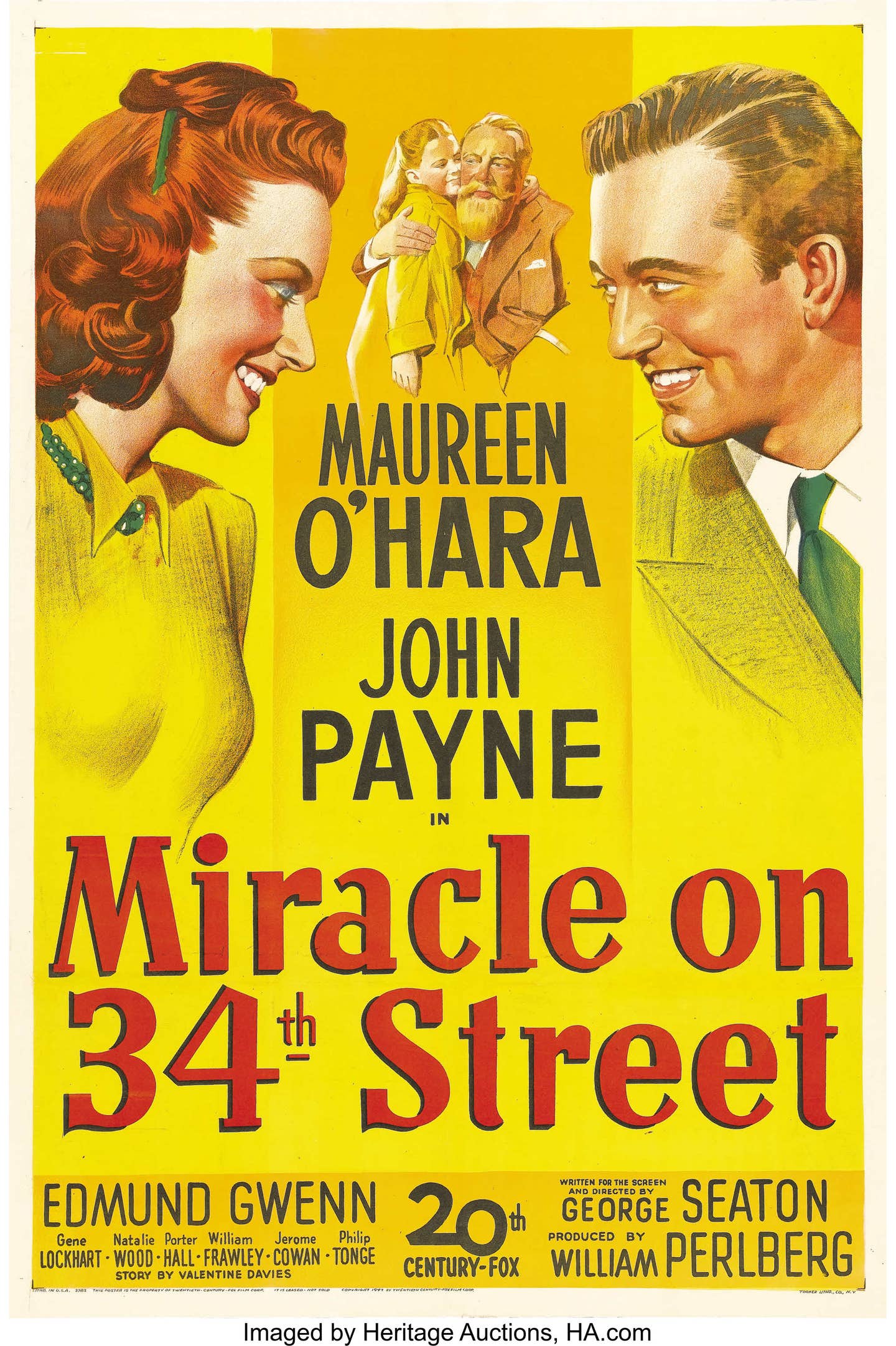
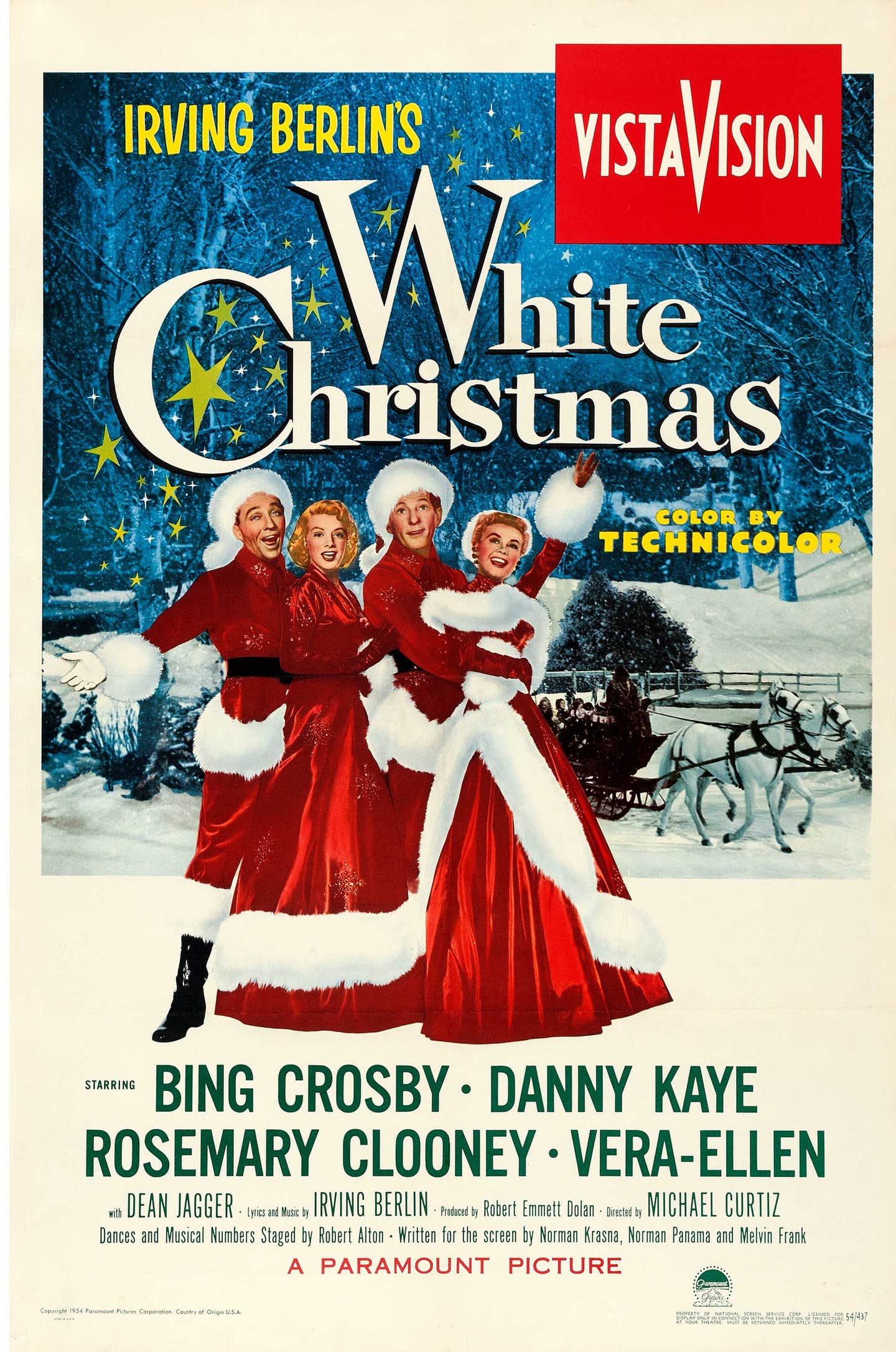


Shot on a budget of $3.7 million (which was a lot by mid-1940s standards), Bedford Falls — which covered a full four acres of RKO Radio Picture’s Encino Ranch — was at that time one of the most elaborate movie sets ever built, with 75 stores and buildings, 20 fully-grown oak trees, factories, residential areas and a 300-yard-long Main Street.
Part of the charm of casting Stewart and Reed as George and Mary Bailey was that both had grown up in small-town America. Stewart was born in Indiana, Penn. Reed was born Donna Belle Mullenger, the oldest of five children on a farm in Iowa.
Lionel Barrymore, who played Mr. Potter, didn’t believe Reed when she claimed she could milk a cow. So he challenged her to a milking contest. Reed quickly accepted, calling the $50 she won the easiest money she ever made.
Although a box-office flop, It’s a Wonderful Life earned five Oscar nominations for Best Picture, Best Director, Best Actor (Stewart), Best Film Editing and Best Sound Recording. Alas, no guardian angel could help the film: it was snubbed at each turn, missing out to The Best Years of our Lives in four of the five categories.
The movie was considered such a disappointment by the studio that they let its copyright lapse. That meant networks could screen the movie for free. By the 1970s it was nearly impossible to avoid seeing It’s a Wonderful Life on TV, ensuring its place in holiday movie history.
“It’s the damnedest thing I’ve ever seen,” Capra said of the film’s classic status. “The film has a life of its own now and I can look at it like I had nothing to do with it. I’m like a parent whose kid grows up to be president. I’m proud … but it’s the kid who did the work.”
You May Also Like:
Paul Kennedy is Editorial Director of the Collectibles Group at AIM Media. He enjoys Mid-century design, photography, vintage movie posters and people with a good story to share. Kennedy has more than twenty-five years of experience in the antiques and collectibles field, including book publishing. Reach him at PKennedy@aimmedia.com.




